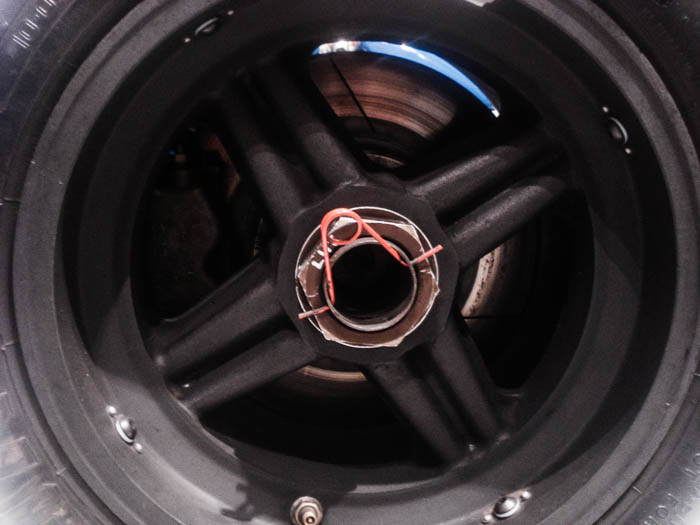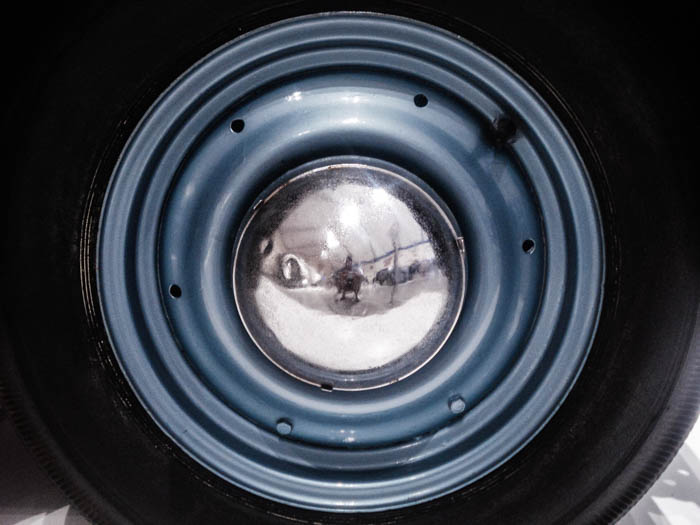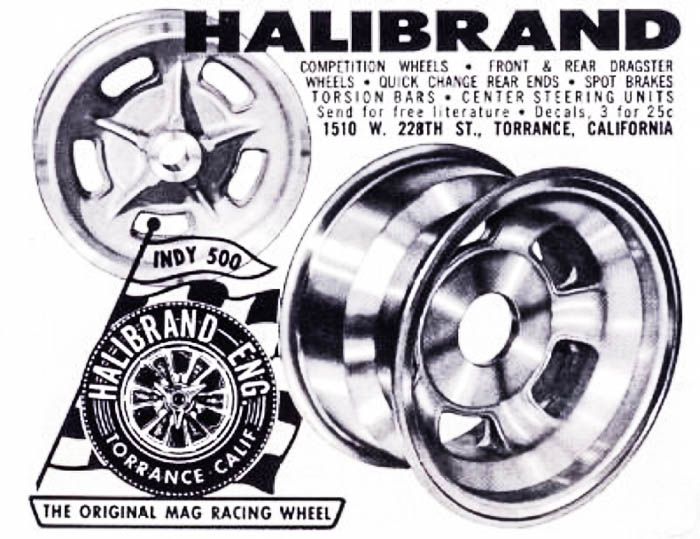
28 Aug Memorabilia: Invention of the wheel part 2
FMM assistant curator Cheslynne Ruiters takes a look at the stories behind some of the items in FMM’s collection of artefacts and motoring memorabilia in general. This month he rolls with part 2 of the invention of the wheel
The world today is heavily dependent on wheels; without them it would metaphorically come to a standstill. Today, there are basically two types of wheel for automotive purposes, steel and alloy, and there are significant differences between them.
Steel wheels are constructed out of sheet metal. Due to their cheap and simple design, they are fairly ubiquitous, and are usually used as the standard wheels on the base specification of many car models. Steel wheels are more easily repaired than alloys, as steel can often be hammered back into place when bent, whereas alloy wheels are prone to break or crack under impact. In 1926-27 the first steel welded-spoke wheel appeared, followed by the introduction of steel disc wheels, which resembled the initial solid wheels. The wheel of choice until the 1980s, almost by definition, steels disc wheels are somewhat unattractive and need to be enhanced with the addition of trim rings and hub caps, nowadays often designed to replicate alloys…
The earliest die-cast alloy wheels were made from magnesium alloy and were often simply referred to as ‘mag wheels’. Initially they were used mainly for racing cars because they are strong and light. The weight reduction was significant because it reduced the unsprung weight of the car, which affects ride, handling, braking and, as a result, overall performance. One of the first and most famous companies to produce mag wheels was Halibrand Engineering, and its mags were used on every car that won the Indy 500 from 1946 to 1963. Aluminium alloy wheels then came into the picture as a lower cost alternative and alloys are now very big business, with every manufacturer adopting them on many of their models supported by a lucrative aftermarket supply. It is incredible that something as basic as a wheel can be made in so many different styles!
Recent developments have seen the creation of carbon fibre wheels, which are tremendously strong while being incredibly light. These wheels are unapologetically expensive, but are half the weight of an aluminium wheel.





